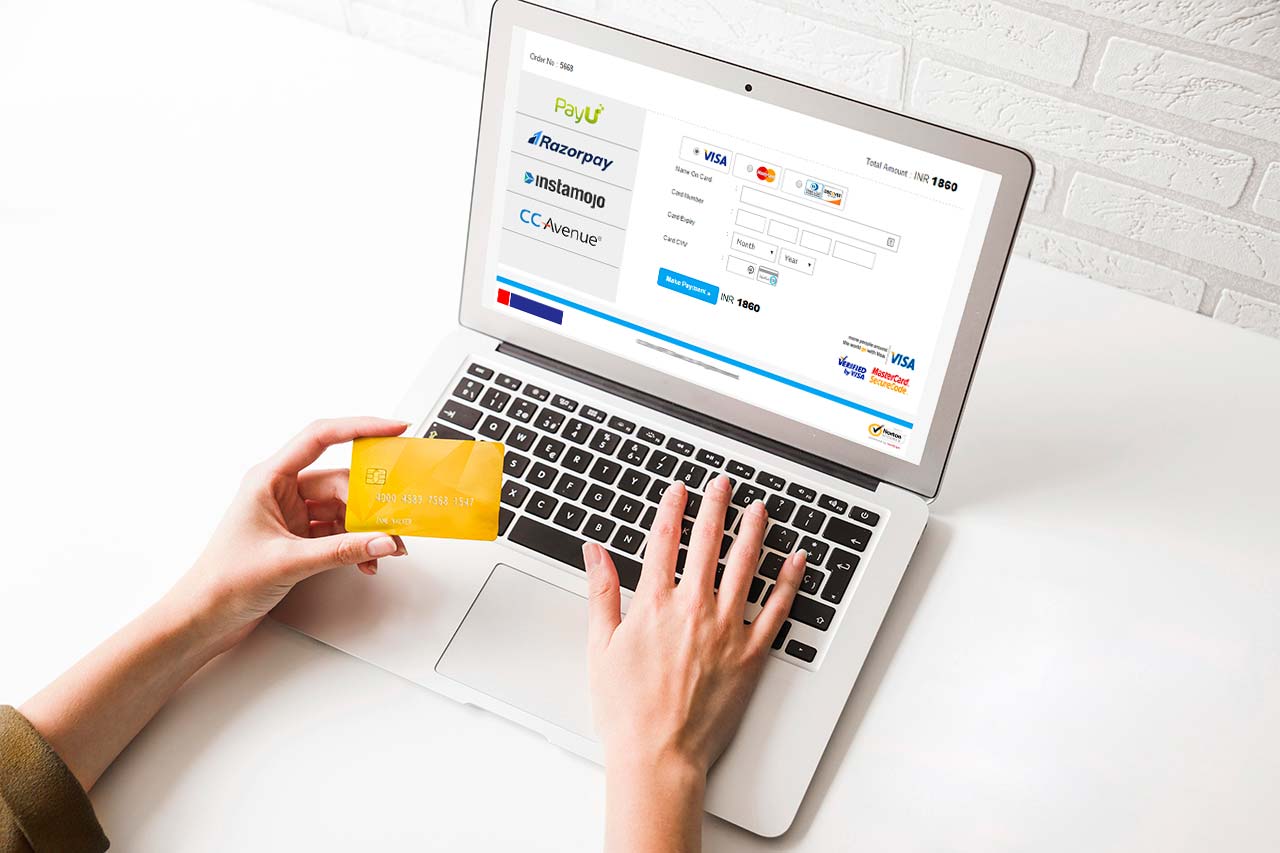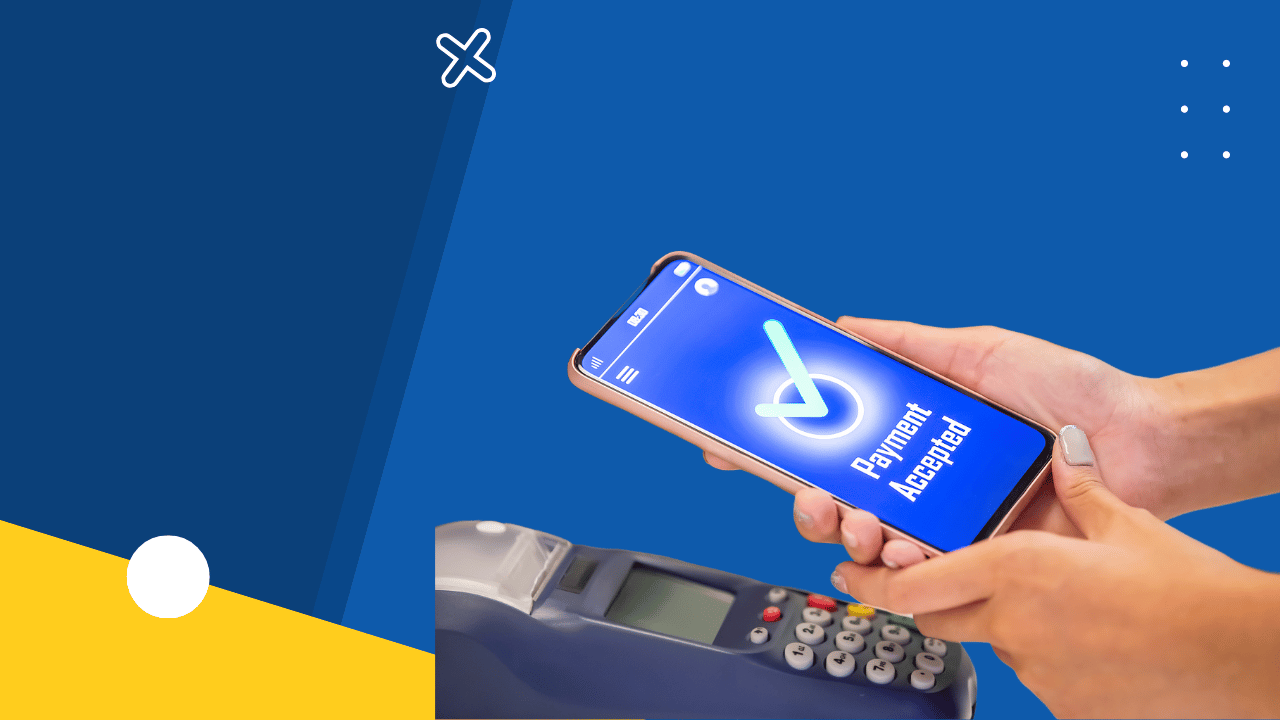Are you launching an online business targeting a global customer base? You will sell products and services in your home country as well as overseas. Consumers in different countries prefer different payment methods. You need to match their preferences if you want to attract and retain them. This requires you to offer several forms of payments. Read on as we elaborate on the different payment methods for online business.
Benefits Of Offering Multiple Payment Methods

You don’t choose customers. Customers choose you. This maxim is true not only for products and services but for online payment methods too. Preferences for methods of payment vary significantly across regions, and a Statista report illustrates this perfectly.
The report states that digital and mobile wallets accounted for 45% of global e-commerce payment transactions in 2020. It estimates this share to increase to 50% in 2024. However, preferences vary across regions.
Consumers in the Asia Pacific region prefer digital or mobile wallets the most. These modes of payment accounted for 60% of the e-Commerce transactions in this region in 2020. However, only 20% of the total e-commerce transactions in Latin America used digital or mobile wallets.
Nearly 30% of the e-commerce consumers in the UK used debit cards in 2020. However, 30% of the consumers in the US used credit cards in 2020.
A JPMorgan report cites the growing importance of digital wallets in India. The report estimates that this payment type will account for 34.8% of e-commerce sales in India in 2021. You clearly need to incorporate different international payment methods into your global online business!
In addition to catering to different consumer preferences, you get the following benefits by offering different payment methods:
- Higher conversion rate: Many consumers abandon an e-Commerce shopping cart if they can’t find their preferred methods of payment. You prevent that by offering enough types of payment methods.
- Mitigate risks of frauds and disputes: Choose the best online payment methods for dispute resolution and reduction of fraud.
- Manage your costs better: Different e-Commerce payment systems involve different costs. Analyze them to see their relevance to your business. Choose the right payment method to optimize your costs.
Types Of Payment Methods For Online Businesses
You can choose one or more of the following payment methods:
1. Cash
Cash is a very common payment method. It has the following advantages:
- It’s one of the simplest methods of payment.
- Many consumers expect that you will accept cash.
- Cash transactions don’t involve fees.
Cash has the following disadvantages:
- It’s too cumbersome for online businesses. Think of receiving cash via snail mail to sell products online!
- Some consumers avoid making large purchases using cash.
- You spend significant efforts and energy to manage, store, and transport cash.
- You spend effort and time counting cash at the end of a business day.
2. Credit cards
Credit cards are very popular in mature economies. They offer the following advantages:
- Consumers make larger purchases using a credit card. They also purchase frequently. That translates to more business for you.
- Credit cards have several security measures. Customers find these reassuring.
- Credit card transactions are quick.
- Merchants can reduce their cash management efforts if they accept credit cards.
- You feel confident with the types of online transactions involving credit cards. Credit cards have dispute and settlement support processes.
- Credit cards are among the popular international payment methods.
The following are the disadvantages of credit cards:
- You as a merchant need to wait typically 1-3 days to get the money in your account.
- Merchants might need to pay a small transaction fee.
- You need to integrate software systems into your website or app to accept credit card payments.
- You might incur losses due to fraudulent transactions involving credit cards.
- Customers can initiate a “chargeback” process to dispute a charge, which might reverse the payment transaction.
3. Debit cards
Debit cards are among popular modes of payment, especially in matured economies. Their advantages are similar to those of credit cards. To summarize, the advantages are as follows:
- You might have more business since customers make frequent larger purchases.
- Faster transactions, higher security, dispute support processes, and reduced cash management efforts are advantages.
- You can sell to international customers.
The disadvantages to debit cards are the same as those of credit cards.
4. Internet banking
Internet banking has gained popularity with online businesses. It offers the following advantages:
- Customers can safely make larger purchases more frequently, which is better for your business.
- Internet banking uses robust security solutions.
- The transactions are fast.
- As a merchant, you don’t have to manage cash.
- You can take advantage of the dispute and settlement processes.
The disadvantages to Internet banking are as follows:
- You need to integrate payment gateways that support Internet banking transactions.
- These transactions require some processing time.
- You might need to pay a transaction fee.
- This payment method isn’t very common for International transactions.
5. E-wallets
E-wallets are increasingly popular. They offer the following advantages:
- You, as a merchant, will likely see an increase in your business if you accept e-wallets. E-wallets provide considerable convenience to customers. Some buyers might be new, and they might not know very well how to do online payments. The simplicity of e-wallets helps them a lot. Consumers can use e-Wallets intuitively. This reduces cart abandonment, which is better for you.
- E-wallets use robust security solutions. This helps you as a merchant. It’s a big positive for consumers too. Customers like it when you accept e-wallets.
- E-wallet transactions are fast.
- You can take advantage of the dispute and settlement processes.
- You don’t need to manage cash.
E-wallets have the following disadvantages:
- The landscape of e-wallets is vast. Different geographies and countries use different e-wallets. You need to know which e-wallets you should accept for a region or country. This can be complex.
- You need to accept many different e-wallets if you want to target consumers in different geographies. Integrating many e-wallets into your website or app can be complex.
6. UPI
UPI (Unified Payments Interface) is a popular mode of payment in India. NPCI (National Payments Corporation of India) has developed this instant real-time payment system.
UPI offers the following advantages:
- This mobile app-based mode of payment makes payment transactions easy.
- Indian consumers are increasingly using UPI, therefore, you can cater to them if you support this payment type.
- Prominent banks in India offer their UPI apps, and customers can use any of them. This convenience to customers is helpful to you too.
- UPI transactions work 24×7, and the payments happen immediately.
- UPI is one of the highly secure payment methods.
- You can use the dispute resolution processes if the need arises.
- UPI is free of cost.
The only limitation of UPI is that it’s new. Banks, consumers, and merchants are rapidly embracing it in India. Adoption in other countries might require more time.
7. Pay later
“Buy Now, Pay Later” (BNPL) is also known as the “Pay Later” payment method. If you offer this, then you are allowing customers to buy goods on credit. Customers might have the option to pay in a few installments. Online businesses often offer this mode of payment.
The “Pay Later” payment type offers the following advantages:
- You see a higher conversion rate since customers can buy goods even when their finances are stretched.
- Your customer base increases since you are making purchases more affordable.
- The Average Order Value (AOV) of your online business increases since customers pay multiple installments of smaller amounts.
- You offer flexibility in the form of the “Pay Later” mode of payment, which increases customer satisfaction.
The “Pay Later” payment type has the following disadvantages:
- You, as a merchant, need to pay higher fees.
- Integrating the “Pay Later” option into your website or app involves higher costs.
- This mode of payment isn’t for all businesses, and you need to meet certain criteria to qualify for it.
- Different 3rd party providers offer different types of deals. You might find it hard to choose a provider.
8. EMI
Some online businesses offer EMI options to customers. This payment type offers the following advantages:
- You are making your product affordable to customers since they don’t need to pay a large lump sum amount. They pay smaller EMIs. Some consumers might have avoided buying your product due to their financial considerations. An EMI option might prompt them to buy your product.
- An EMI option offers flexibility to customers. This improves customer satisfaction, which is good for you.
This mode of payment has the following disadvantages:
- You are spreading out the expenses of customers, which has implications for you. You need to ensure that you generate enough revenue to cover it.
- Your payment processing costs might rise since integrating this payment method involves complexities.
9. Bank transfers (NEFT, IMPS)
Bank transfers are also known as “Third Party Transfers” (TPTs), and it’s one of the well-known payment methods in India. There are different types of bank transfers in India, e.g.:
- NEFT (National Electronic Fund Transfer): The settlement of the payment transaction isn’t immediate.
- RTGS (Real Time Gross Settlement): This is suitable for large amounts only since the minimum amount of transfer is Rs. 2 lacs. The settlement of the transaction happens immediately. However, you can execute these transactions only during banking hours.
- IMPS (Immediate Payment Service): You can use it 24×7, and the transaction settlements are immediate.
This mode of payment offers the following advantages:
- It’s a secure mode of payment.
- You can use the dispute support process if the need arises.
- You don’t need to pay any processing fees, however, IMPS has a service tax.
This payment type has the following disadvantages:
- This payment method isn’t easy to set up.
- Consumers might not be comfortable transferring money directly from their account to your business account.
10. Virtual account numbers
Some banks offer virtual account numbers to their credit cardholders. Credit card frauds are frequent, and virtual account numbers intend to protect cardholders from frauds.
Consumers use virtual account numbers in the “card-not-present” scenarios, i.e., online shopping. They don’t need to provide their actual card details to merchants. Since the transaction doesn’t involve the digital transmission of the actual card details, cyber-criminals can’t get hold of the card details.
Virtual account numbers offer the following advantages to merchants:
- Many consumers prefer this solution. They prefer online businesses that offer this payment type. If you offer this payment mode, then you can target these customers.
- You benefit from the security offered by virtual account numbers.
- Virtual account numbers correspond to credit cards. Therefore, you can use the dispute and settlement support processes.
From the standpoint of a merchant, virtual account numbers have the following disadvantages:
- Managing refunds, chargebacks, etc. become complex since you aren’t using the actual credit card details.
- Not all banks offer this feature, which limits its reach.
11. Gift vouchers
Gift vouchers are among the well-known payment methods. They offer the following advantages:
- Since gift vouchers are prepaid by a business, you will get the money for selling your goods.
- Customers like it when you accept popular gift vouchers. This might increase your business.
- Leading businesses offering gift vouchers use security features in their software systems. This reduces your risks.
Integrating gift vouchers in your checkout process might involve complexities, which is a disadvantage.
Choosing The Right Payment Method For Your Business

Consider the following factors before choosing the right payment method for your business:
- Does it support recurring payments?
- Is there support for refunds?
- Does the payment method support dispute resolution and settlement?
- How long does it take to get a payment confirmation?
When considering the above-mentioned factors, the different payment methods fare as follows:
- Cash
- Support for recurring payments: No
- Support for refunds: No
- Dispute & settlement support: No
- Payment confirmation: Immediate
- Credit cards
- Support for recurring payments: Yes
- Support for refunds: Yes
- Dispute & settlement support: Yes, and the dispute rate is highest for this payment method.
- Payment confirmation: Immediate
- Debit cards
- Support for recurring payments: Yes
- Support for refunds: Yes
- Dispute & settlement support: Yes, and the dispute rate is high.
- Payment confirmation: Immediate
- Internet banking
- Support for recurring payments: Yes, however, customers need to agree to a mandate for you to debit their bank account.
- Support for refunds: Yes
- Dispute & settlement support: Yes, and the dispute rate is low.
- Payment confirmation: Delayed
- E-wallets
- Support for recurring payments: Yes
- Support for refunds: Yes
- Dispute & settlement support: Yes, and the dispute rate is low.
- Payment confirmation: Immediate
- UPI
- Support for recurring payments: Yes, however, customers need to enable a recurring e-mandate.
- Support for refunds: Yes
- Dispute & settlement support: Yes
- Payment confirmation: Immediate
- EMI
- Support for recurring payments: No
- Support for refunds: Yes
- Dispute & settlement support: Yes
- Payment confirmation: Delayed
- Pay later
- Support for recurring payments: No
- Support for refunds: Yes
- Dispute & settlement support: Yes
- Payment confirmation: Delayed
- Bank transfers (NEFT, IMPS)
- Support for recurring payments: No
- Support for refunds: Yes
- Dispute & settlement support: No
- Payment confirmation: Delayed
- Virtual account numbers
- Support for recurring payments: Yes
- Support for refunds: Yes
- Dispute & settlement support: Yes
- Payment confirmation: Immediate
- Gift vouchers
- Support for recurring payments: No
- Support for refunds: No
- Dispute & settlement support: No
- Payment confirmation: Delayed
How A Good Payment Gateway Can Help Your Online Business
You can use a good payment gateway to navigate the complexities of multiple payment methods. A good payment gateway offers the following advantages:
- Smooth checkout: Irrespective of the number of payment methods you offer, a good payment gateway makes the checkout process easy. That increases customer satisfaction. In turn, that’s an advantage to you.
- Increase in sales: A complex checkout process causes cart abandonment. The converse is true too! A smooth checkout process can encourage customers to buy more from your online business.
- Integration with the shopping cart: Leading payment gateways integrate well with shopping carts on e-commerce websites and apps.
- Support for different payment methods: Prominent payment gateways support a wide range of payment methods. This provides flexibility to you.
- Security: Leading payment gateways conform to important security standards like PCI DSS. They offer robust security features.
- Quicker payment processing: Well-known payment gateways improve the speed of payment processing.
- Prevents false chargebacks: Leading payment gateways prevent questionable chargebacks.
- Prevents fraud: Popular payment gateways offer tools and processes to prevent fraudulent transactions.
- Supports recurring billing: If you need recurring billing, a payment gateway is important.
Also Read: PayU vs. Razorpay vs. Instamojo vs. CCAvenue Payment Gateways

![The Ultimate Guide To Payment Methods For Online Businesses [2021]](https://devathon.com/blog/wp-content/uploads/sites/2/2021/09/cropped-view-manager-making-onli.jpg)



